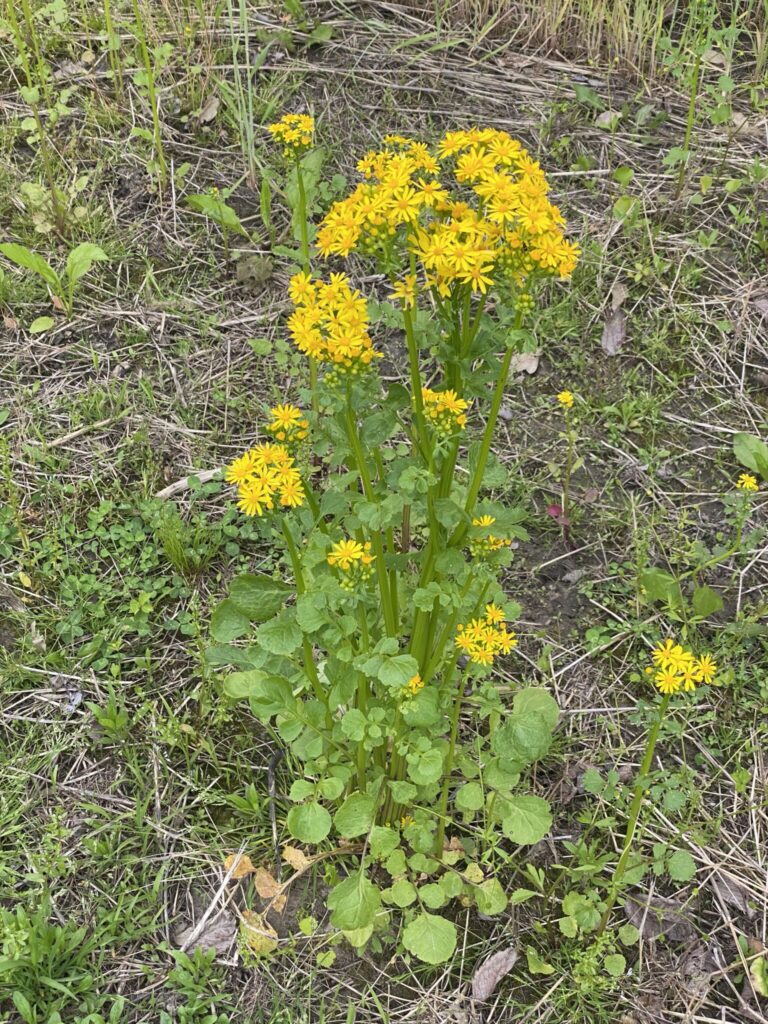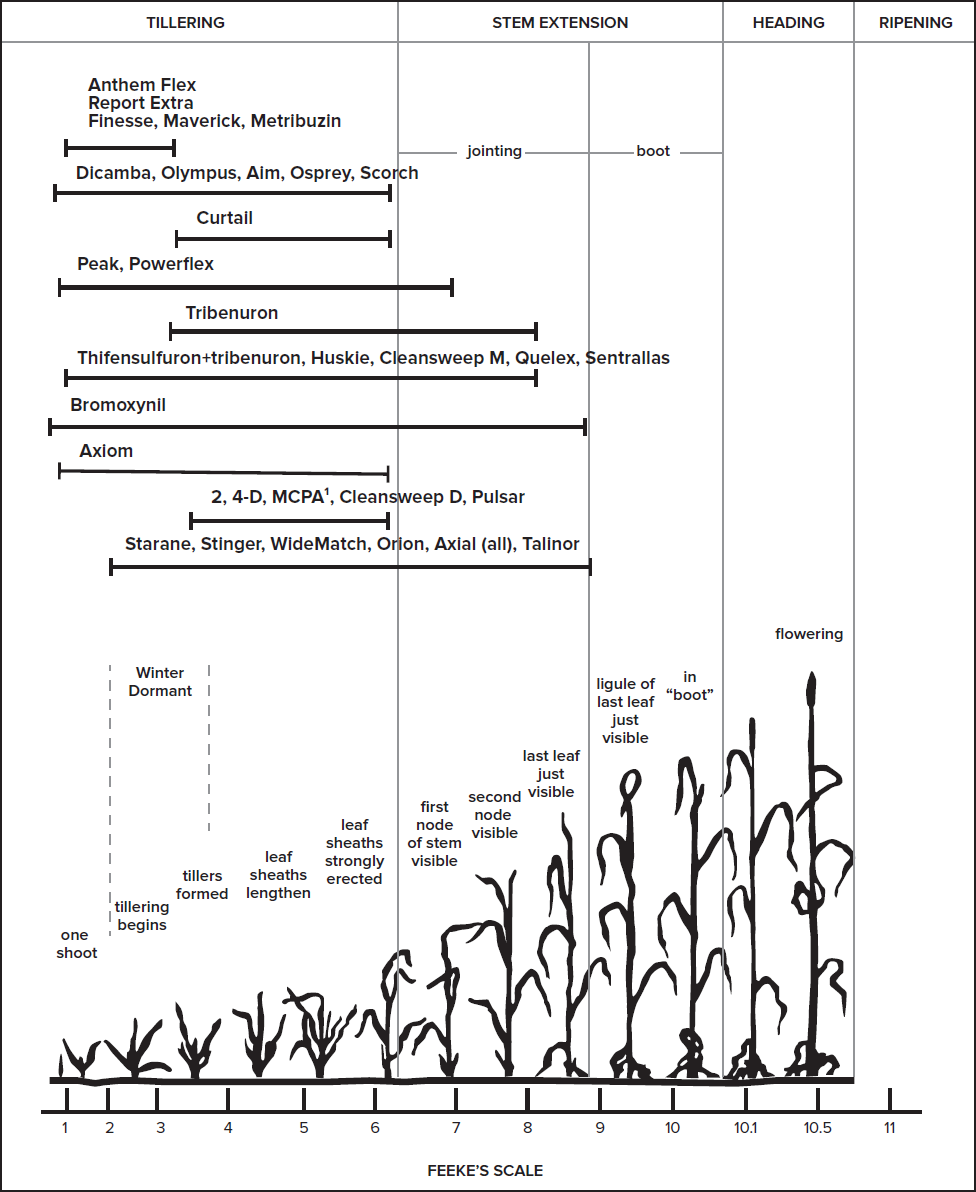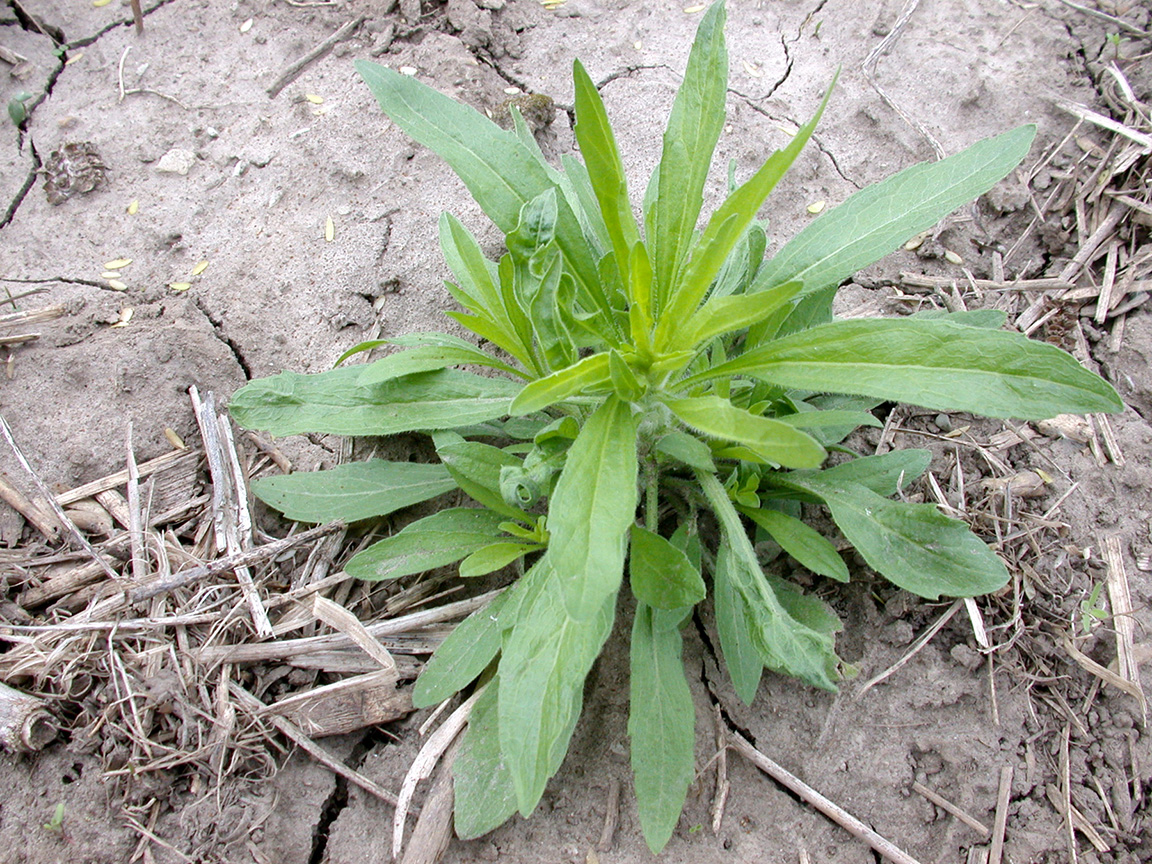Indiana growers have shown increased interest in utilizing cover crops in our corn and soybean production systems over the last decade.
Bill Johnson


The corn and soybean planting season has been compressed significantly due to the frequent rain showers received during late April and May.

After a delayed start to our planting season, we were able to plant both corn and soybean across the state in record or near-record time during May. This coincided with some timely rains and hot weather.
Due to the cold wet weather we experienced in late April and early May, corn planted in April has struggled to emerge in many areas of the state.

Every spring we receive several calls and e-mails about a certain 3-foot tall weed with yellow flowers (Figure 1). The most common yellow-flowered weeds we have in Indiana are cressleaf groundsel, the buttercup species, and dandelion. Occasionally, we have some fields of canola or rapeseed in the state. But, by far the most prevalent specie we see in no-till corn and soybean fields, and occasionally pastures, is cressleaf groundsel. I have only rarely observed wild mustard in Indiana. Wild mustard is more common in the northern tier of states near the Canadian border. This year, field activities were delayed due to cool temperatures and frequent precipitation. These weather conditions also allowed cressleaf groundsel to reach the reproductive stage, and it is currently flowering in many Indiana fields that haven’t been worked yet. This article is intended to provide information on the biology and life cycle of cressleaf groundsel, as well[Read More…]
Fieldwork has progressed slowly in the past couple of weeks due to frequent rain showers and cool soil temperatures.
Last Fall we discussed the herbicide shortage for the 2022 growing season and outlined a couple of scenarios where we can switch to alternative herbicides to accomplish the same weed control objectives.

The warmer temperatures experienced in Indiana over the past weekend and the forecast for warmer temperatures moving forward will allow winter wheat fields in Indiana to green up and resume growth.

One of the topics that we get many questions about is picking a residual herbicide for soybean production that helps with waterhemp control.

As our crops come out of the field, now is the time to think about weed control for winter annual weeds, including marestail. Scouting fields should begin soon after a field is harvested, with special attention paid to fields with heavy infestations of marestail this year.
© 2024 Purdue University | An equal access/equal opportunity university | Copyright Complaints | Maintained by Pest&Crop newsletter
If you have trouble accessing this page because of a disability, please contact Pest&Crop newsletter at luck@purdue.edu.


